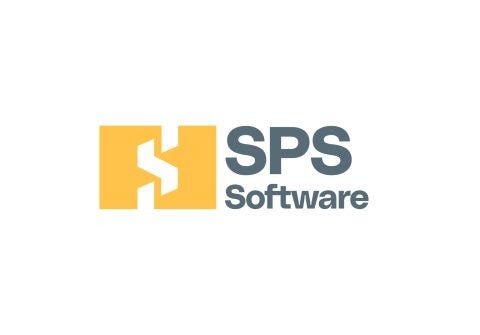News
Stay informed with the latest announcements, innovations, and updates from OPAL-RT around the world.

Press Room
10 / 08 / 2025
OPAL-RT TECHNOLOGIES strengthens commitment to SimPowerSystems users with dedicated new platform: SPS Software

Press Room
09 / 19 / 2025
OPAL-RT TECHNOLOGIES announces the appointment of Manon Dégarie as Chief Financial Officer

Press Room
07 / 23 / 2025
A new era for SimPowerSystems

Press Room
05 / 15 / 2025
OPAL-RT TECHNOLOGIES expands global footprint with new business unit in the UK

Press Room
02 / 19 / 2025
OPAL-RT TECHNOLOGIES unveils the PHIL Prime test bench: A fully integrated, flexible power hardware-in-the-loop (PHIL) test bench

Press Room
01 / 17 / 2025
OPAL-RT TECHNOLOGIES unveils first green 80-seater facility in India to strengthen its commitment to sustainability and innovation

Press Room
01 / 09 / 2025
OPAL-RT launches XYON: Revolutionizing camera sensor testing for autonomous systems CES 2025, Las Vegas, January 7–9

Press Room
10 / 05 / 2024
OPAL-RT TECHNOLOGUES welcomes Manon Dégarie as new CFO to drive strategic vision

Press Room
06 / 19 / 2024
Notice of acquisition: 4D-Virtualiz joins OPAL-RT TECHNOLOGIES

Press Room
06 / 22 / 2023
